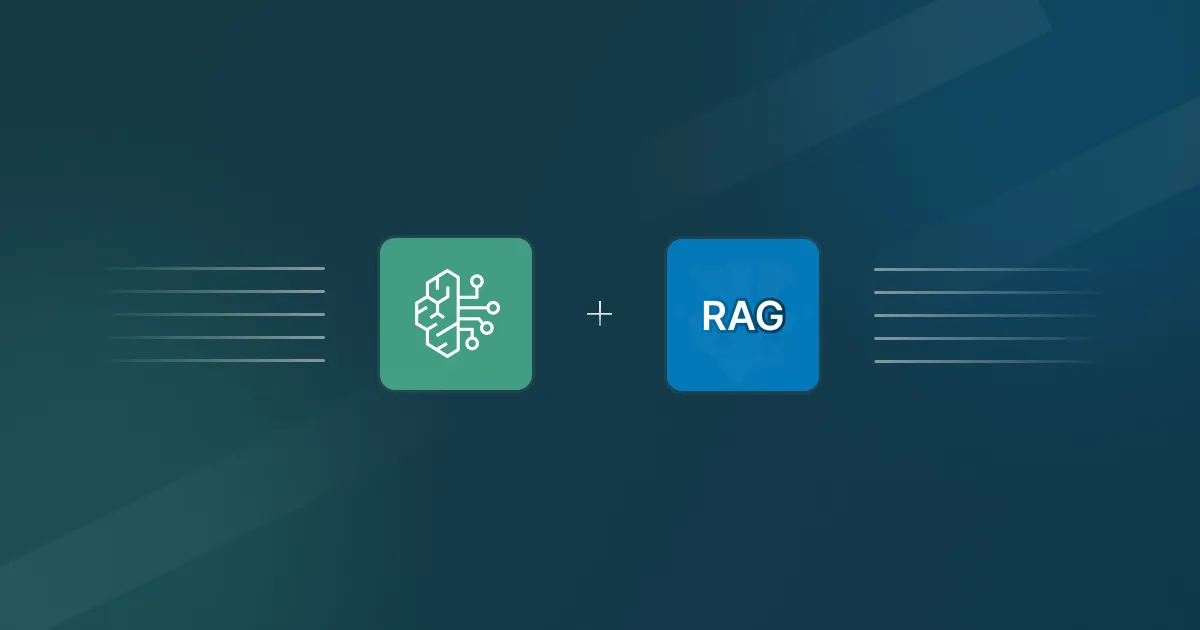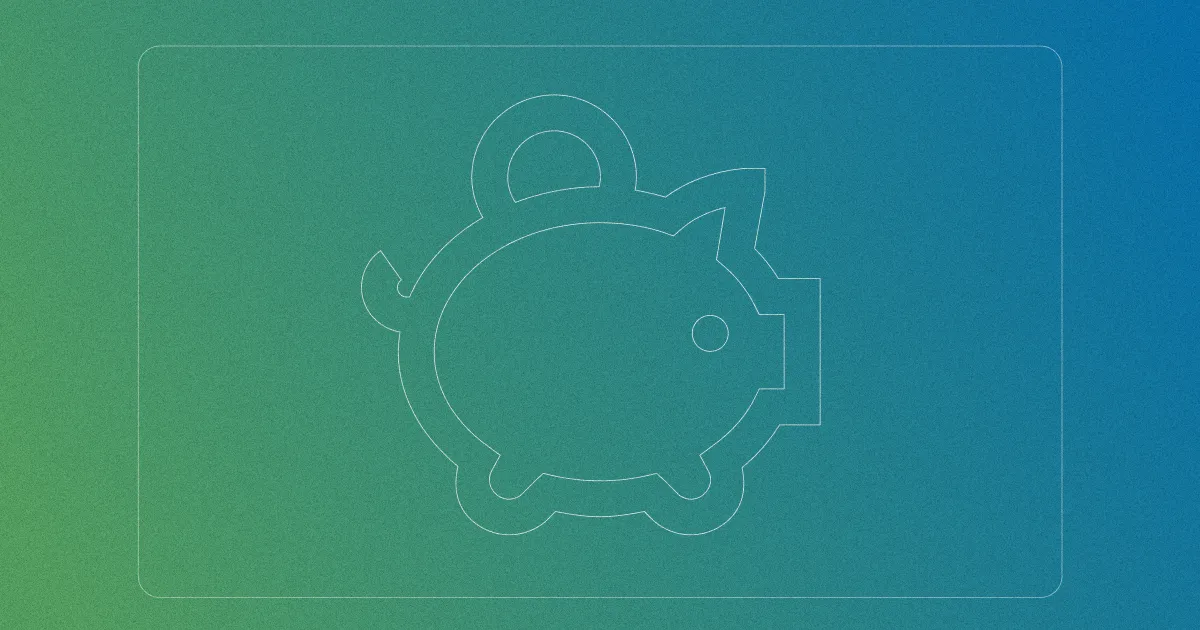Gen AI for CI/CD: Why CI/CD is a Bottleneck and How AI Can Help

Working with CI/CD pipelines is supposed to speed up development and deployment, but in practice, they often create challenges. Manual setup, lengthy build times, and complicated testing steps can slow teams down. Inefficient resource use may also lead to broken workflows, making the process frustrating rather than seamless.
Fortunately, AI offers solutions to simplify these workflows. By improving pipelines, automating tasks, predicting failures, and even managing pipelines independently, AI tools can turn CI/CD from a bottleneck into a smooth, reliable process.
In this article, you’ll discover how CI/CD pipelines can hinder developer productivity and how AI-driven automation can help you streamline deployments, making them faster and more dependable.
Discover Microtica’s Key Features
Microtica is a cloud delivery platform that makes deployment and scaling faster for developers and enterprises. With Microtica, you do not have to worry much about managing your underlying infrastructure, as it helps make cloud operations much simpler.
Here are the powerful features that Microtica offers:
- Release Engineer: This will be our major focus in this article – Microtica’s smart feature for building, improving, and handling release management processes in cloud environments.
- Observability: Microtica lets you check logs and builds from any date and time. Apart from that, it gives alerts and errors to help find problems quickly.
- Cost Management: Microtica helps you manage cloud resource costs by watching what you spend and cutting unnecessary bills. This makes your shipping cheaper.
- Unified Platform: You have everything you need in a single platform. With the platform. The platform simplifies your pipeline and infrastructure management; you have full control. You can use Microtica’s ready-made templates for quickstarts or bring your custom configurations - Microtica helps orchestrate delivery either way. There’s no need to use multiple tools, but you're not locked into any specific setup.
- Scaling: Microtica automatically adjusts your resource capacity up or down based on usage, helping you run smoothly without spending much on servers.
We will focus on Microtica’s Release Engineer feature and have a look at how it can automate and simplify deployments.
If you find Microtica cool, you can try it out for free. We can’t wait to have you use Microtica!
Why Traditional CI/CD Pipelines Become Bottlenecks?
CI/CD pipelines are meant to make development and deployment easier, but they often become bottlenecks that can frustrate both individual developers and teams for several reasons. Here are some reasons why CI/CD pipelines can slow them down:
- Manual Setup: Some CI/CD tools require you to set up pipelines manually. This takes a lot of effort and skill. It can also lead to delays and errors during setup.
- Dependencies Management: Tracking dependencies can be hard; if you update them manually across several environments, conflicts can arise. This slows down deployments because of package issues and version choices.
- Difficult Testing Processes: As applications grow, testing can become more complicated, resulting in longer execution times and delayed feedback loops. Manual testing adds more challenges, especially with new features and tests.
- Poor Resource Use: As the application keeps getting a lot of users, the application also needs extra resources to run well. If resources are not managed properly, it can slow the application’s performance. Traditional pipelines often fail to predict or prevent failures, resulting in broken builds and deployment problems.
- Misconfigurations: As things are handled manually, human errors often lead to setup issues, errors in the system, security risks, and problems during deployment. These errors can cause unexpected downtime that could lead to development delays.
- Poor Error Detection: Finding errors can also be challenging. You always need to figure out which part of the pipeline has issues. Traditional pipelines often fail to figure out or fix errors, which leads to failed builds and deployment troubles.
CI/CD has become a major challenge because developers have to set up and manage it manually. Working with CI/CD pipelines should be simpler. However, this leads to issues for developers when they use pipelines.
Developers want to find ways to remove these problems. They look for anything that lowers stress and stops security issues. Doing tasks by hand increases stress and makes work harder for developers.
How Gen AI Can Streamline and Optimize CI/CD Workflows?
Traditional CI/CD pipelines often face challenges due to manual work and unexpected issues. AI-powered solutions can enhance pipeline automation and improve workflows, making deployments faster and more reliable. Here’s how AI can transform your CI/CD process:
- Pipeline Optimization: AI analyzes past build data and performance patterns to automatically adjust pipeline settings. It detects problems, suggests fixes, and reallocates resources efficiently, resulting in faster builds and more stable releases.
- Improved Observability: AI tools provide real-time alerts and error detection, helping developers quickly identify issues without manually searching through logs. They can also analyze historical logs to find root causes of failures.
- Resource Management: AI monitors resource usage and dynamically allocates resources based on demand, maintaining performance while reducing costs and manual intervention.
- Task Automation: Routine pipeline tasks like building, testing, and deploying code can be automated by AI, allowing developers to focus on feature development rather than infrastructure maintenance.
- Enhanced Security: Machine learning tools scan code in real time for security vulnerabilities, detecting risks faster than manual reviews and blocking or flagging harmful code before production.
- Code Quality Checks: AI reviews code for bugs, style issues, and performance concerns, providing fast feedback to developers. Early detection helps keep code clean and efficient, with issues logged for further review.
While CI/CD pipelines speed up software delivery, they often require significant manual effort that can slow things down. Developers want simpler solutions that reduce constant monitoring and troubleshooting. Next, you’ll discover how Microtica’s Release Engineer feature improves CI/CD workflows to make deployments easier and more reliable.
Microtica’s Release Engineer
Imagine a life where you do not have to worry about configuring deployment settings and manually checking every step. Wouldn’t that be cool?
Microtica’s Release Engineer has a fix for that.
What Microtica’s Release Engineer Does
- Automate the Painful Pipeline Setup: Setting up deployment pipelines takes a long time. Microtica’s built-in release engineer does it in a few minutes. It learns your system and prepares everything automatically.
- Real-Time Monitoring: With the release engineer, you won’t have to read through log files anymore. You get clear alerts about what’s going on. If something goes wrong, you’ll know right away in simple words. It spots risks before they turn big and notes them in logs.
- Auto-Scaling: When your traffic changes suddenly - up or down - the release engineer adjusts your setup automatically. No more manual updates or performance issues. The system works smoothly in the background, so you can forget about scaling.
- Engineering Through Automation: The release engineer changes how we manage deployments. Instead of developers spending hours on infrastructure work, they can build better software. The system takes care of the hard parts - from setup to performance adjustments.
As software development gets tougher, AI tools like Microtica’s Release Engineer have become important. They aren't just extra features now. They are becoming essential for developers who want to make their work easier and for teams that want to save time and be effective.
By letting Microtica’s release engineer handle the heavy lifting of your CI/CD, developers and teams can:
- Ship features faster
- Reduce deployment problems
- Maintain better security
The future of CI/CD is not about working harder; it is about working smarter. Every developer wants to make their work easier and do less manual work. With the release engineer feature, developers can focus on making and improving applications. They do not need to waste time on managing pipelines and fixing problems.
Conclusion
Once again, manually working with CI/CD pipelines can be very annoying. When you are trying to set up things, progress slows down. People often make mistakes when they copy and paste settings, and you spend too much money on servers that are not needed. It gets worse when you’re trying to scale as the application gets bigger. Then, when it’s time to ship, things don’t work as expected.
Developers can spend their time creating and releasing great features. They don't have to struggle with Jenkins or CircleCI all day. It's simple. Let the release handle the routine tasks. This way, your team can focus on their strengths.
If you’ve reached this point of the article, you’ll have learned that CI/CD doesn’t have to be hard. Using the embedded AI release engineer to automate tasks is a smart choice. By doing this, you will work faster, have fewer errors, and likely save some money.
Subscribe to receive the latest blog posts to your inbox every week.
*By subscribing you agree to with our Privacy Policy.

Relevant Posts



